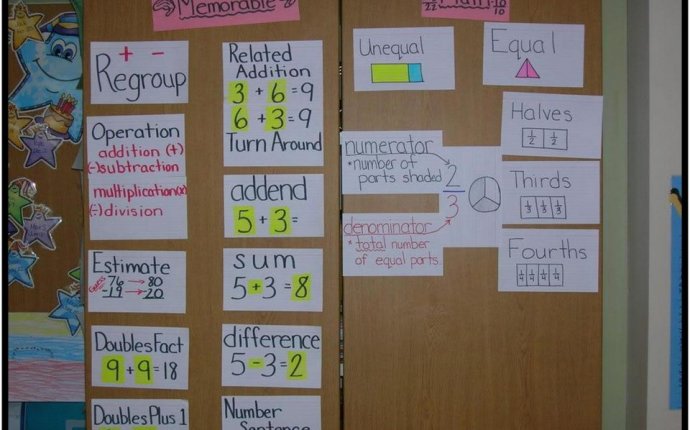
Teaching academic vocabulary strategies
Teaching vocabulary within the Common Core State Standards (CCSS) is an essential component of standards-based curriculum alignment. Making the critical words second nature to our students will enhance achievement on assessments and will be useful in college and career. To process and store the academic vocabulary of the standards, our students’ brains require an efficient automatic memory system. This system, also called nonmotor procedural memory, stores information that is repeated, such as multiplication tables, song lyrics, words and definitions.
Following are 11 strategies, supported by education and memory research, for teaching critical CCSS words while keeping the cognitive verbs in mind: analyze, evaluate, compare, delineate, etc. Cognitive verbs require processing skills that are automatic (unconscious) to free up working memory space, the area in the brain that holds new information and connects it to long-term memory.
Identifying the Best Words to Teach
Find out which words are "your" words. Read the CCSS for your grade level, highlighting the words you think your students won't know. Then go back to each year prior to yours and highlight those words. You can find a list of 55 critical words on my website. Next, create a pre-assessment for your students with these critical words. A simple list of words followed by columns marked "Yes" (I understand), "No" (I don't understand) and "Maybe" (I might understand) is a start. Use this information and your professional judgment to decide which words have not yet been mastered and require instruction.
Teach the words in the order they are presented in the CCSS. Begin with the verbs presented at the earliest grade levels. The CCSS doesn’t use the word analyze until fifth grade, but in subsequent grades it is used 80 more times. If you teach any grade above fifth, analyze is a critical word for your students to know and use with facility.
Vocabulary Exercises Supported by Educational and Memory Research
- Introduce a word and determine a definition or description with your students. Using their own language to describe what a word means will help students remember the appropriate definition.
- Have students draw a picture of the word or what the word represents. analyze, for example, means to break something into its component parts. I have seen students' drawings that depict a figure breaking a stick over its knees, block towers tumbling down, and unpacked Russian nesting dolls.
- Ask students to find synonyms and antonyms for each word on a list. Synonyms are often used as definitions, so the process of finding and discussing these terms is crucial. Give each student a nametag that includes either the critical word or its synonym. Let students figure out which words are related and form synonym circles. The circles can line up together or work in groups that day.
- To store words more easily in automatic memory, let students compose jingles or songs for words and definitions.
- Have students create semantic maps or mind maps for some words.
- Vocabulary gloves: have students write the vocabulary word on the back of cheap canvas gloves. On the front, have them write a sentence on the palm, synonyms on the thumb, pointer, and middle finger, an antonym on the ring finger, and the definition on the pinky. Gloves can be used for independent or paired practice.
- Have students act out word meanings to activate their procedural memory.
- You and your students can create review games to reinforce the words. For example, here are some guidelines for Vocabulary Bingo:
- Hand out Bingo cards with definitions in the squares.
- Students ask each other if they know what word fits one of the definitions and to sign the square if they know.
- Once all squares have signatures, draw student names from a container; all students with that signature cover the square.
- Students yell "Bingo!" when they have five in a row. The five students whose names are covered on the card must know the correct word.
- Create vocabulary word pages in a notebook. When the word appears in different contexts or content areas, students can return to that page and add new information. This will help them use the words more easily in writing and speaking.
- Model the use of the words in your classroom. The more often that students hear them, the more automatic their use of those words will become.
- Be aware of eye accessing cues.1 When a student is struggling with a test question, he or she will often be looking down, which accesses emotions - perhaps the emotion of feeling "dumb." To access information, such as definitions or visual memories of words, eyes must be looking up. When you observe this, stand over the student and ask a question that forces him or her to look up, possibly triggering the information.








